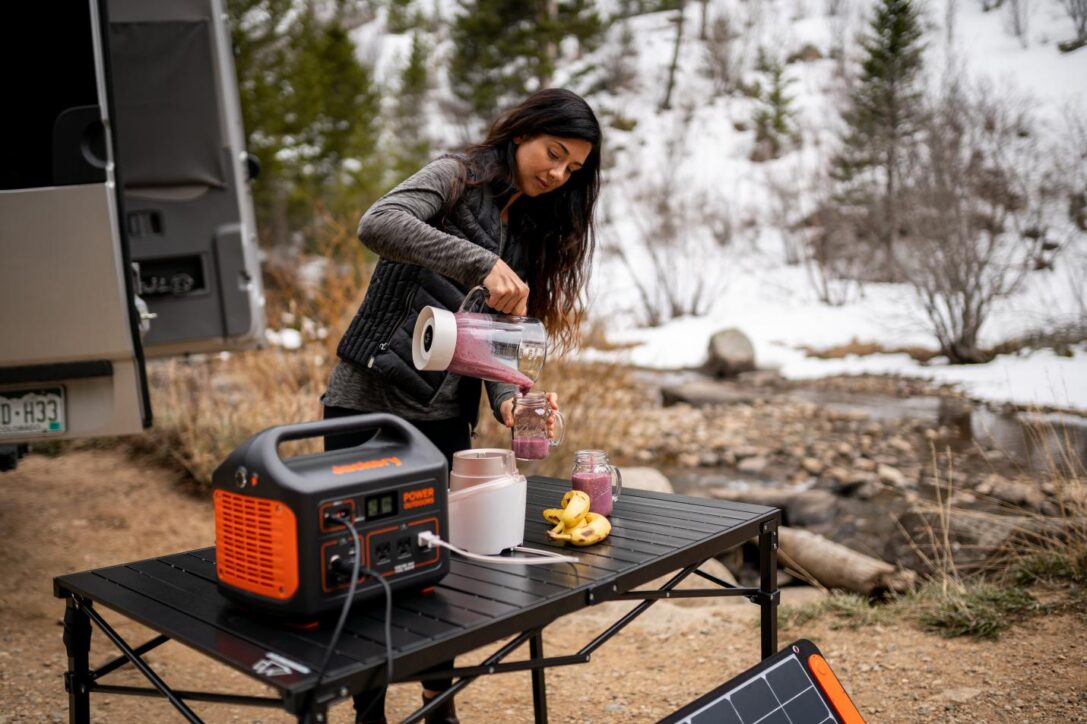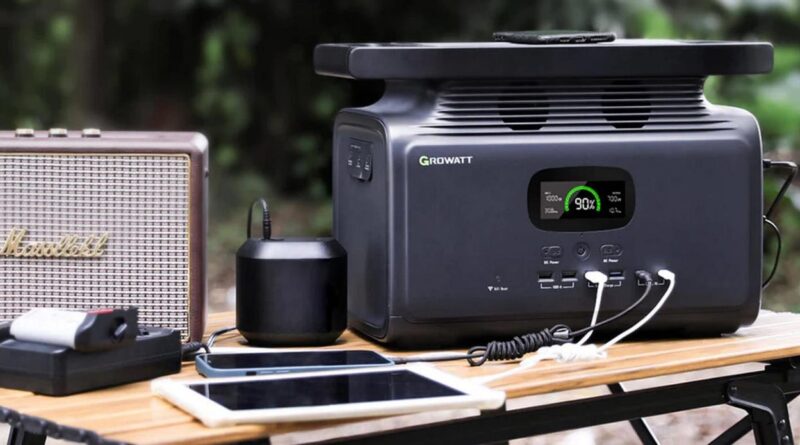Empower Anywhere: Embracing Convenience with Portable Power Stations
In Australia, renewable energy sources, notably solar (12%), wind (10%), and hydro (6%), supplied 29% of the nation’s total power production in 2021. In today’s fast-paced world, where mobility and connectivity are paramount, the need for reliable and accessible power sources has never been more pronounced.
From remote outdoor locations to bustling urban centres, the demand for energy on the go has spurred the development of innovative solutions – portable power station in australia. These versatile devices are reshaping the way of thinking about energy consumption and distribution, offering a new level of convenience and flexibility for individuals and businesses alike.

Key Features and Benefits
- Mobility and Convenience: Portable energy units offer exceptional mobility, enabling energy access in remote locations. Their compact design and integrated handles allow easy transportation. This convenience empowers outdoor events, emergencies, and off-grid activities.
- Diverse Power Output: These units provide various energy outputs. Ranging from AC outlets to USB ports, they accommodate various devices simultaneously. This adaptability suits charging gadgets, running appliances, and supporting small-scale operations.
- Renewable Energy Integration: Many portable energy units integrate renewable energy inputs like solar panels. This reduces reliance on traditional energy sources, promoting eco-friendly energy generation. Users can harness clean energy to charge the station, fostering sustainability.
- Emergency Preparedness: Equipped with backup energy, these stations ensure readiness during blackouts or natural disasters. Essential devices like phones, medical equipment, and communication tools remain operational, enhancing safety and communication.
Exploring Use Cases: Where Convenience Meets Necessity

- Emergency Power Supply: It offers a reliable source of electricity during blackouts or emergencies. With backup energy, essential devices like medical equipment, communication, and lights can operate, ensuring safety and connectivity. This use case bridges the gap when grid power fails.
- Outdoor Adventures: In recreational settings, it caters to outdoor enthusiasts by providing energy for camping, RV trips, and remote excursions. These stations enable charging gadgets, running small appliances, and maintaining refrigeration, enhancing comfort and convenience.
- Remote Work and Events: It proves indispensable for remote work setups or events. They support electronic devices like laptops, projectors, and sound systems, fostering productivity and entertainment in locations lacking traditional power sources.
- Construction and Job Sites: It finds utility in construction and job sites, offering on-site power for tools, lighting, and equipment. They eliminate the need for lengthy cable setups, enhancing efficiency and adaptability.
- Sustainable Energy Backup: Renewable energy users can store excess energy from solar panels or wind turbines in a portable power station. This stored energy becomes available during periods of low renewable production, aiding sustainable energy adoption.
- Medical Applications: In medical contexts, it provides critical backup power for medical equipment during energy outages. They maintain operations for life-saving devices, ensuring continuous care.
- Mobile Vending and Markets: It supports mobile businesses like food trucks and market stalls. They power cooking appliances, cash registers, and lighting, enabling entrepreneurial ventures in
Choosing the Right Portable Energy Station

- Capacity: Assess your energy needs to select a station with an appropriate energy capacity for your devices.
- Output Options: Ensure compatibility by choosing a station with diverse output interfaces (AC, DC, USB).
- Solar Integration: If sustainable energy matters, opt for models with built-in solar panels or the capability to connect external ones.
- Portability: Balance capacity with weight and size to ensure the station suits your mobility requirements.
- Additional Features: Some stations have built-in lights, wireless charging, and customizable energy settings.
Conclusion
Portable power station in australia has transcended the limitations of traditional energy sources, empowering individuals and businesses with newfound flexibility. From enabling outdoor enthusiasts to ensuring business continuity and aiding disaster relief efforts, these units embody the marriage of convenience and necessity.



